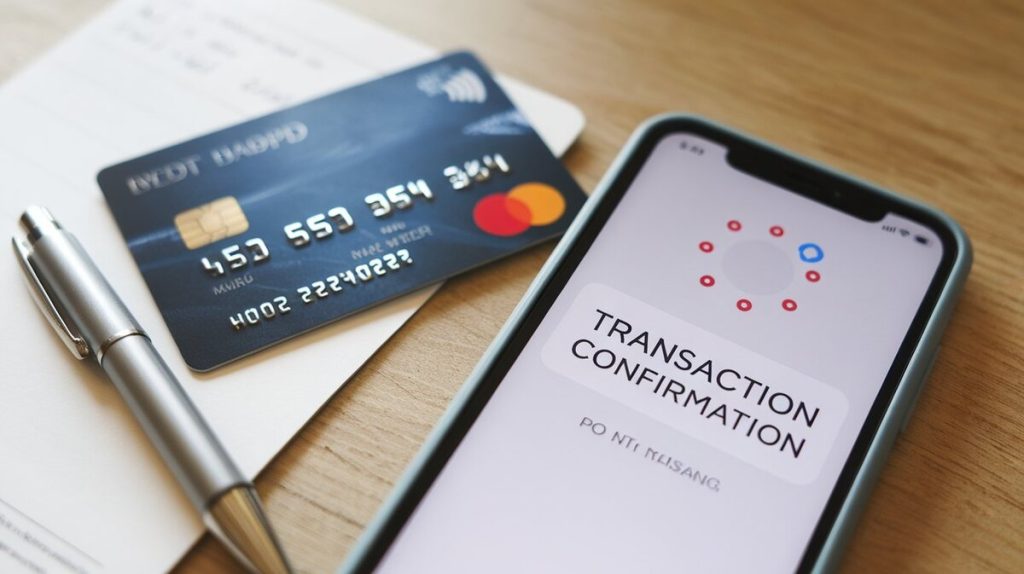Introduction
Chargebacks pose a serious problem for small businesses. They can lead to financial loss, higher processing fees, and reputational damage. According to industry data, chargebacks have been increasing by 20% annually since 2019, with 40% of small businesses identifying them as a major concern. This article presents practical strategies to reduce chargeback risks, based on industry data and expert guidelines.
Understanding Chargebacks
A chargeback occurs when a customer disputes a charge through their card issuer, resulting in the merchant being debited for the amount. Initially, chargebacks were designed to protect consumers from fraud or processing errors, but they now often arise from customer dissatisfaction.
Common Reasons for Chargebacks
Mastercard and VISA have identified the main causes of chargebacks:
- Fraudulent transactions – 58% of chargebacks in 2022 were due to fraud.
- Customer disputes – 32% resulted from dissatisfaction with products or services.
- Processing errors – 10% were linked to technical issues such as incorrect billing.
The Impact of Chargebacks on Small Businesses
Chargebacks affect small businesses in several ways. Beyond the loss of revenue from the disputed transaction, merchants also face fees ranging from $15 to $100 per dispute. More critically, a chargeback ratio higher than 1% of total transactions can result in penalties from payment processors, including increased processing fees or even account suspension.
| Metric | Impact on Small Businesses |
|---|---|
| Average Chargeback Fee | $20-$100 per dispute |
| Chargeback Ratio Risk | 1% threshold for penalties |
| Increased Processing Rates | 0.5% to 2% higher fees for high-risk accounts |
| Lost Revenue per Chargeback | Average of $190, including costs and goods |
Chargebacks also affect your merchant reputation. Acquiring banks may categorize your business as high risk, leading to stricter terms or suspension of services.

Common Causes of Chargebacks
Mastercard’s chargeback rules categorize the following causes:
- Fraudulent Transactions: Stolen credit cards or unauthorized payments account for most chargebacks. Fraud detection tools, such as those offered by Braintree or Stripe, can help reduce fraud incidents.
- Customer Disputes: When a customer is dissatisfied with a product or service, they may initiate a chargeback instead of resolving the issue with the merchant.
- Payment Processing Errors: Technical mistakes, such as incorrect billing, can lead to chargebacks.
- Miscommunication: Vague or unclear return policies can result in customers disputing charges.
Chargeback Prevention Strategies
Chargeback prevention requires a set of specific actions designed to reduce fraud, improve customer service, and clarify policies. The following strategies, supported by data from Mastercard and VISA, have proven effective for reducing chargebacks.
1. Implement Clear Return and Refund Policies
Transparent policies reduce disputes. Checkout.com reports that businesses with clear return and refund policies experience 26% fewer chargebacks. Make sure your policies are easily accessible on your website, invoices, and confirmation emails.
VISA requires merchants to respond to chargeback disputes within 30 days, so it’s essential to have organized records of customer transactions and complaints to meet this deadline.
2. Enhance Customer Service
Providing efficient customer service can reduce chargebacks by addressing customer concerns before they escalate into disputes. According to VISA’s Global Chargeback Management Guidelines, 63% of customers who file chargebacks tried to resolve the issue with the merchant first.
To improve customer service:
- Offer multiple contact options (email, phone, chat).
- Respond to all inquiries within 24 hours.
- Use automated emails to acknowledge customer complaints.
3. Use Secure Payment Gateways
Secure payment gateways significantly reduce fraud-related chargebacks. Systems like Stripe and Braintree offer PCI DSS compliance, CVV checks, and AVS (Address Verification System), which helps to verify payment data. Implementing these tools can reduce fraud-related chargebacks by up to 50%, based on data from Braintree.
4. Monitor Fraudulent Activities
Invest in fraud detection tools to identify suspicious transactions early. Fraud detection systems reduce chargebacks by 45%, as shown in a Stripe study. Effective fraud prevention tools analyze purchase patterns, flag unusual behavior, and provide automated alerts for high-risk transactions.
- Set transaction limits.
- Monitor transactions from unfamiliar locations.
- Use two-factor authentication or 3D Secure for an additional layer of protection.
5. Maintain Transaction Records
Detailed records are essential for challenging chargebacks. Merchants who provide complete documentation within the dispute window win 70% of chargeback cases, according to Mastercard. Essential records include:
- Receipts and invoices.
- Shipping confirmation and tracking.
- Customer correspondence.
Mastercard and VISA recommend storing these records for at least 180 days in case of disputes. Organized record-keeping improves your chances of successfully reversing chargebacks.
6. Regularly Update Software and Systems
Outdated systems are prone to errors and vulnerabilities. Ensure that your payment gateways and related software are regularly updated to avoid technical issues that can result in chargebacks. Data from Mastercard shows that 60% of chargeback disputes related to technical issues could be prevented with updated systems.

Responding to Chargebacks
Despite best efforts, chargebacks may still occur. How you respond to them is critical to reducing their impact. Follow these key steps to handle chargebacks effectively:
- Understand the Process: Payment processors such as VISA and Mastercard provide a dispute window of 7 to 30 days for merchants to respond to chargebacks. If this deadline is missed, the chargeback is automatically awarded to the customer.
- Gather Documentation: To fight a chargeback, collect and submit relevant documentation such as receipts, shipping confirmation, and email exchanges. Merchants with complete documentation resolve 60-80% of chargebacks in their favor.
- Communicate with Issuers: If possible, directly communicate with the card-issuing bank to present your case. Some disputes can be settled faster this way, reducing the need for formal escalation.
Educate Your Staff and Customers
A well-trained team can help reduce chargebacks. Businesses that train employees in chargeback prevention and fraud detection report 35% fewer chargebacks, according to Mastercard.
Key training points for employees include:
- Recognizing suspicious activity.
- Verifying customer identities for high-value purchases.
- Understanding return and refund procedures.
In addition, educating customers about what to expect on their billing statements can prevent confusion and reduce disputes. Send email reminders that explain charges and reference your return policy.
Leverage Chargeback Management Services
Some businesses benefit from using third-party chargeback management services. These companies specialize in managing disputes, gathering evidence, and ensuring compliance with payment processor rules. Merchanto.org, a certified partner of VISA and MasterCard, offers tailored chargeback prevention and management solutions. They help businesses navigate disputes and minimize their financial risk. To learn more about their services, visit Merchanto.org.
Conclusion
Chargeback prevention is essential to maintaining the financial health of small businesses. By implementing clear return policies, using secure payment gateways, and training employees in fraud prevention, small businesses can reduce their chargeback risk by 60%, according to VISA and Mastercard data. Partnering with a chargeback management service can provide additional protection and help you recover disputed funds.
| Prevention Strategy | Average Reduction in Chargebacks |
|---|---|
| Clear Return/Refund Policies | 26% fewer chargebacks |
| Enhanced Customer Service | 15% fewer chargebacks |
| Secure Payment Systems (PCI, CVV) | Up to 50% reduction in fraud-related chargebacks |
| Fraud Detection Tools | 45% fewer fraud chargebacks |
Key takeaway: By taking a multi-faceted approach to chargeback prevention, including internal process improvements and external services, small businesses can protect themselves from revenue loss, excessive fees, and potential reputational damage.



